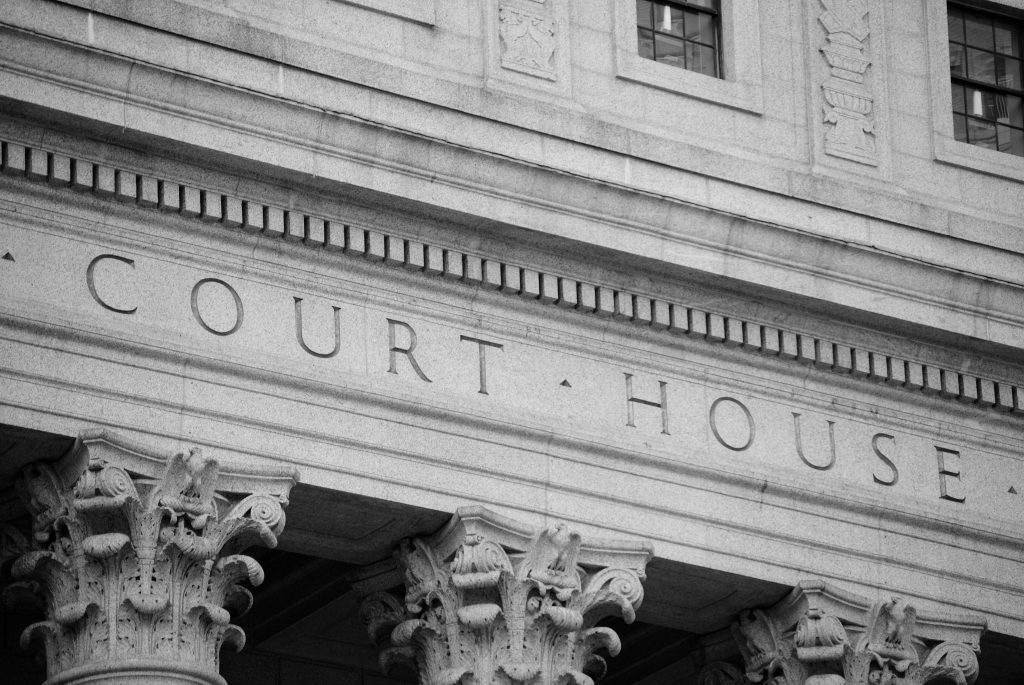
In a major legal development, the 5th U.S. Circuit Court of Appeals has granted a stay on industry challenges to the Environmental Protection Agency’s (EPA) rule banning chrysotile asbestos. The decision comes at the EPA’s own request, as the agency must now conduct a regulatory review mandated by a Trump-era executive order.
The stay effectively pauses litigation, allowing the EPA to reconsider the asbestos ban in light of broader policy objectives of the Trump Administration – which prioritize industry concerns rather than human health and safety
The EPA’s Asbestos Ban
Asbestos, a known carcinogen, causes severe health risks including lung cancer, mesothelioma and death. The EPA’s rule, finalized in March 2024 under the Toxic Substances Control Act (TSCA), was intended to eliminate the last remaining legal uses of chrysotile asbestos in the U.S. The regulation was celebrated by public health advocates who have long warned that no level of asbestos exposure is safe.
However, industry groups quickly mounted legal challenges, arguing that the ban was overly broad and failed to account for existing workplace safety regulations – echoing arguments made in 5th Circuit during an unfortunately successful industry appeal in the the late 1980s to stop the EPA’s first asbestos ban. Since then, the TSCA was strengthened by bipartisan legislation and asbestos was again reviewed by EPA resulting in the chrysotile ban finalized under the Biden administration.
Challengers today claim the EPA exceeded its authority by implementing a blanket ban rather than working within established occupational health guidelines – which again ignores that there is no safe level of exposure to asbestos. These challenges set the stage for a high-stakes legal battle, now temporarily on hold due to the court’s stay.
The 5th Circuit’s Stay and Its Implications
The 5th Circuit’s decision grants the EPA a 120-day period to conduct its review. During this time, the agency must assess whether the asbestos ban aligns with the Trump administration’s directive to roll back regulations that could hinder industrial and economic activity.
This stay does not mean the rule will be overturned, but it introduces uncertainty. Depending on the EPA’s findings, the regulation could be upheld, modified, or potentially rescinded. If changes are made, it could reignite legal battles and shift the future of asbestos regulation in the U.S.
For public health organizations and victims of asbestos-related diseases, this delay represents yet another obstacle in the fight to eliminate a hazardous material.
Trump’s Executive Order and Its Impact on Regulations
The stay aligns with the broader regulatory philosophy of the Trump administration, which prioritized reducing federal oversight in favor of economic growth. The executive order behind this review mandates that federal agencies revisit major regulations issued in the past five years, with a particular focus on rules that could affect domestic energy production and industrial competitiveness. This flies in the face of the clear hazard asbestos poses to human health.
The crushing weight of scientific authority long ago established asbestos as a known carcinogen with no safe level. The EPA chyrsotile ban, while 50 years too late, was finally established in 2024. For the safety of the public and the environment, the EPA chryostile ban should remain in place.
